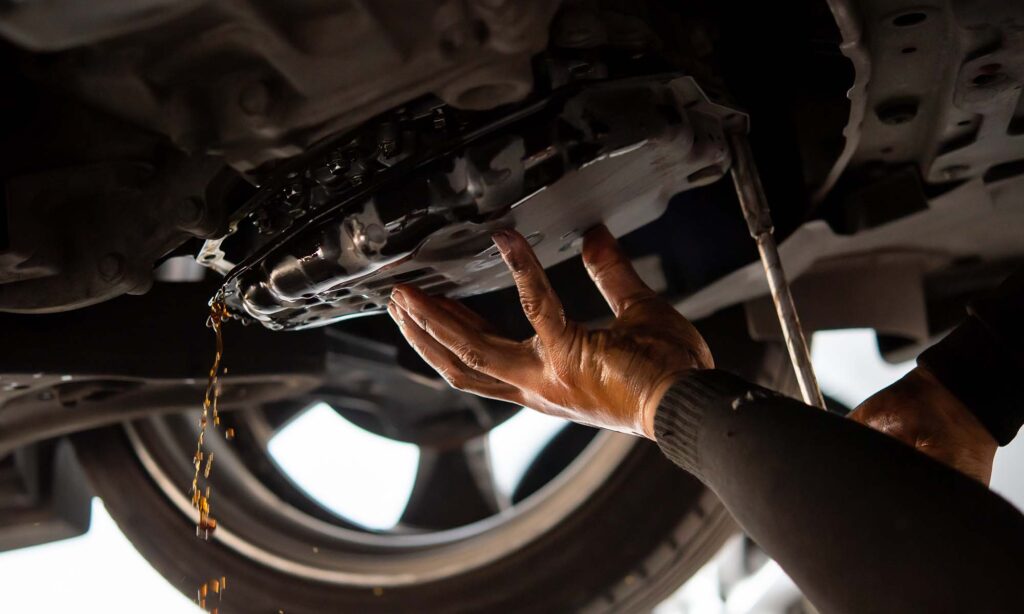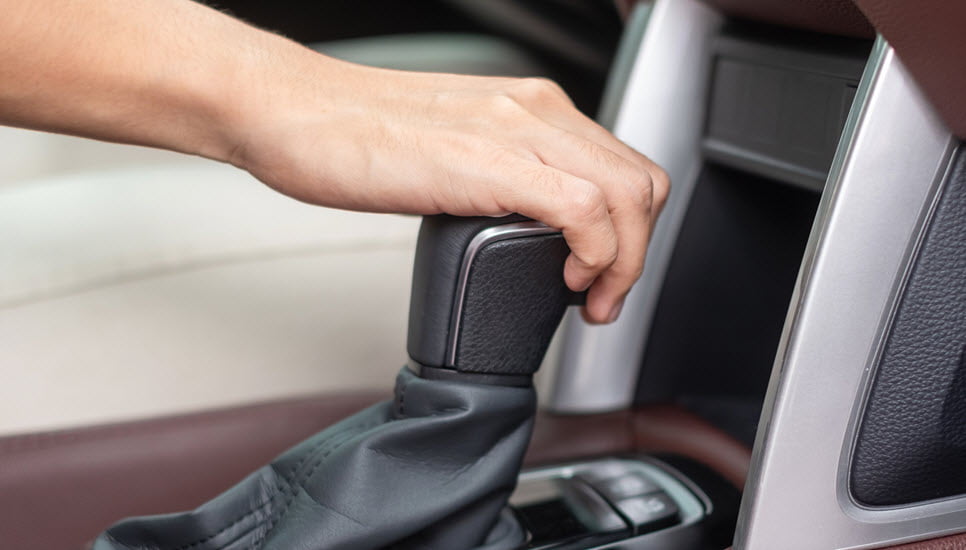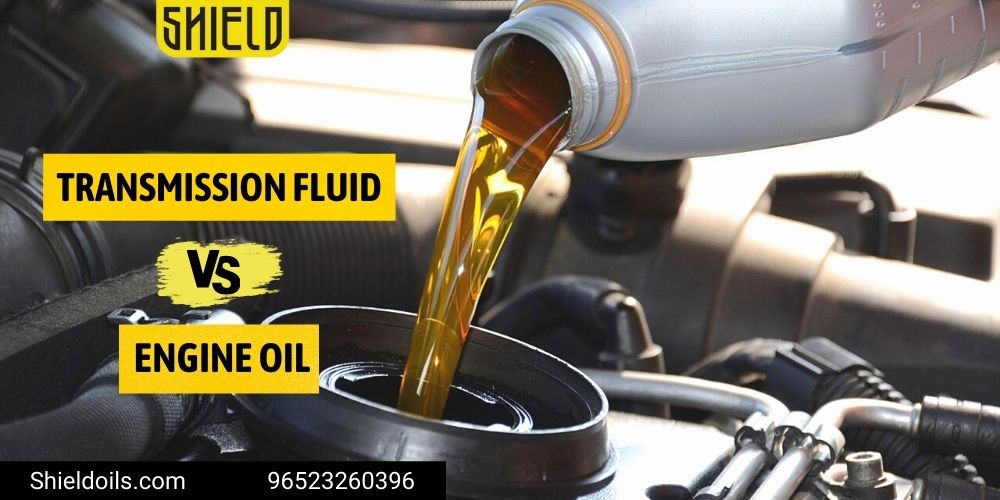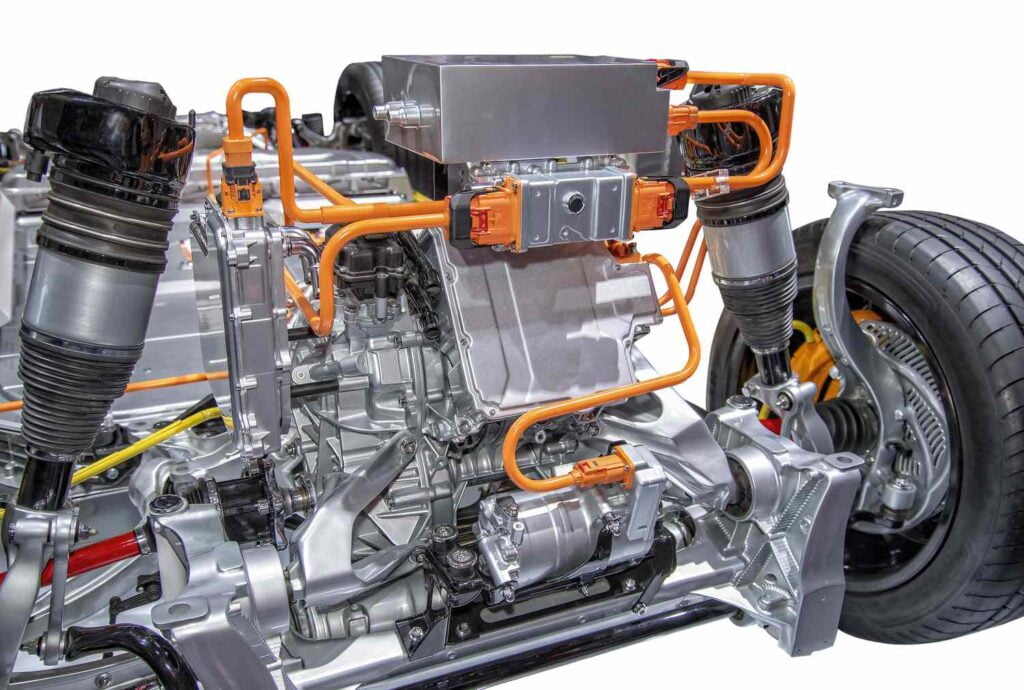How Often Should Car Transmission Fluid Be Changed: Vital Maintenance Tips
Car transmission fluid should be changed every 30,000 to 60,000 miles, depending on the manufacturer’s recommendations and driving conditions. The transmission is a crucial and intricate component of a vehicle, responsible for transferring power from the engine to the wheels. Over time, the transmission fluid can become contaminated with dirt, debris, and metal particles, which can hinder its performance and lead to costly repairs if left unchanged. Regularly changing the transmission fluid helps maintain optimal lubrication and cooling properties, ensuring smooth shifting and prolonging the lifespan of the transmission. Neglecting to change the transmission fluid can result in increased friction and heat, leading to premature wear and eventual failure of the transmission. Therefore, it is essential to adhere to the recommended intervals suggested by the manufacturer to ensure the longevity and efficiency of your car’s transmission. Importance Of Regularly Changing Car Transmission Fluid Regularly changing car transmission fluid is important for maintaining the smooth operation of your vehicle. It is recommended to change the transmission fluid every 30,000 to 60,000 miles or as specified by the manufacturer to prevent damage and extend the lifespan of your car’s transmission. Importance of Regularly Changing Car Transmission Fluid Extends Transmission Lifespan Regularly changing your car’s transmission fluid is crucial for extending the lifespan of your transmission. The transmission is one of the most essential and complex parts of your vehicle, responsible for smoothly transferring power from the engine to the wheels. Over time, transmission fluid can become contaminated with dirt, debris, and metal shavings. If left unchanged, this dirty fluid can cause increased friction and heat, leading to premature wear and tear on the transmission components. By maintaining clean transmission fluid, you can ensure that your transmission operates smoothly and reduces the risk of costly breakdowns. Ensures Smooth Gear Shifting Another important reason to regularly change your car’s transmission fluid is to ensure smooth gear shifting. Clean and fresh transmission fluid helps to lubricate the gears and other moving parts of the transmission, reducing friction and allowing for seamless gear changes. Without proper lubrication, the gears can grind and become damaged, resulting in rough shifting, slipping gears, or even complete transmission failure. By adhering to the manufacturer’s recommended fluid change intervals, you can help maintain optimal performance and enjoy a smoother driving experience. Prevents Costly Repairs Regular transmission fluid changes can also help prevent costly repairs down the line. By removing contaminants and preventing a buildup of debris, clean transmission fluid reduces the strain on the transmission, extending its lifespan and minimizing the risk of major malfunctions. Not only can a malfunctioning transmission leave you stranded on the side of the road, but it can also lead to expensive repairs or even the need for a full transmission replacement. By investing in regular fluid changes, you can save yourself from these significant expenses and keep your vehicle running smoothly. Factors That Determine Frequency Of Transmission Fluid Change The frequency of changing your car’s transmission fluid is determined by several factors. By understanding these factors, you can better assess when it’s time to change the fluid in your vehicle’s transmission. Here are the key factors that influence the frequency of transmission fluid change: Manufacturer’s Recommendation The first and most crucial factor to consider is the manufacturer’s recommendation. Different car manufacturers have different guidelines for how often transmission fluid should be changed. You can find this information in your vehicle’s owner manual or by contacting the manufacturer directly. Adhering to the manufacturer’s recommendation ensures optimal performance and longevity of your transmission. Driving Conditions The driving conditions you encounter on a regular basis significantly impact the frequency at which you should change your transmission fluid. If you frequently drive in severe conditions such as extreme temperatures, heavy traffic, or towing heavy loads, your transmission may require more frequent fluid changes. On the other hand, if you mostly drive under normal conditions, you may be able to follow the manufacturer’s recommendation. Age And Mileage Of The Vehicle Another vital factor to consider is the age and mileage of your vehicle. Older vehicles or those with high mileage may require more frequent transmission fluid changes. Over time, the fluid can become contaminated with debris, which can hinder its ability to lubricate and cool the transmission components effectively. Regular fluid changes can help mitigate the risk of transmission problems and extend the overall lifespan of your vehicle. While these factors can serve as general guidelines, it is essential to pay attention to any signs that your transmission fluid may need to be changed sooner. Look out for symptoms such as difficulty shifting gears, slipping gears, or burnt odor coming from the transmission. If you notice any of these signs, consider consulting with a professional mechanic to determine if a transmission fluid change is necessary. General Guidelines For Changing Car Transmission Fluid Changing the transmission fluid in your car is crucial for maintaining the health and longevity of your vehicle’s transmission. Fresh transmission fluid helps to lubricate the internal components, prevent overheating, and ensure smooth gear shifts. But how often should you change your car’s transmission fluid? While there is no one-size-fits-all answer, here are some general guidelines to follow: Follow Manufacturer’s Specifications One of the best ways to determine how often you should change your car’s transmission fluid is to consult the manufacturer’s specifications. The owner’s manual will typically outline the recommended interval for transmission fluid changes specific to your vehicle make and model. Manufacturers take into account factors such as normal driving conditions, operating temperatures, and the type of transmission when determining these recommendations. Consult A Qualified Mechanic If you’re unsure about when to change your car’s transmission fluid, it is always a good idea to consult a qualified mechanic. They have the expertise and experience to assess the condition of your transmission fluid and determine if it needs to be changed. Mechanics can also provide guidance on the best type of transmission fluid to use for your specific vehicle. Monitor Transmission Fluid Color And Smell While
How Often Should Car Transmission Fluid Be Changed: Vital Maintenance Tips Read More »





